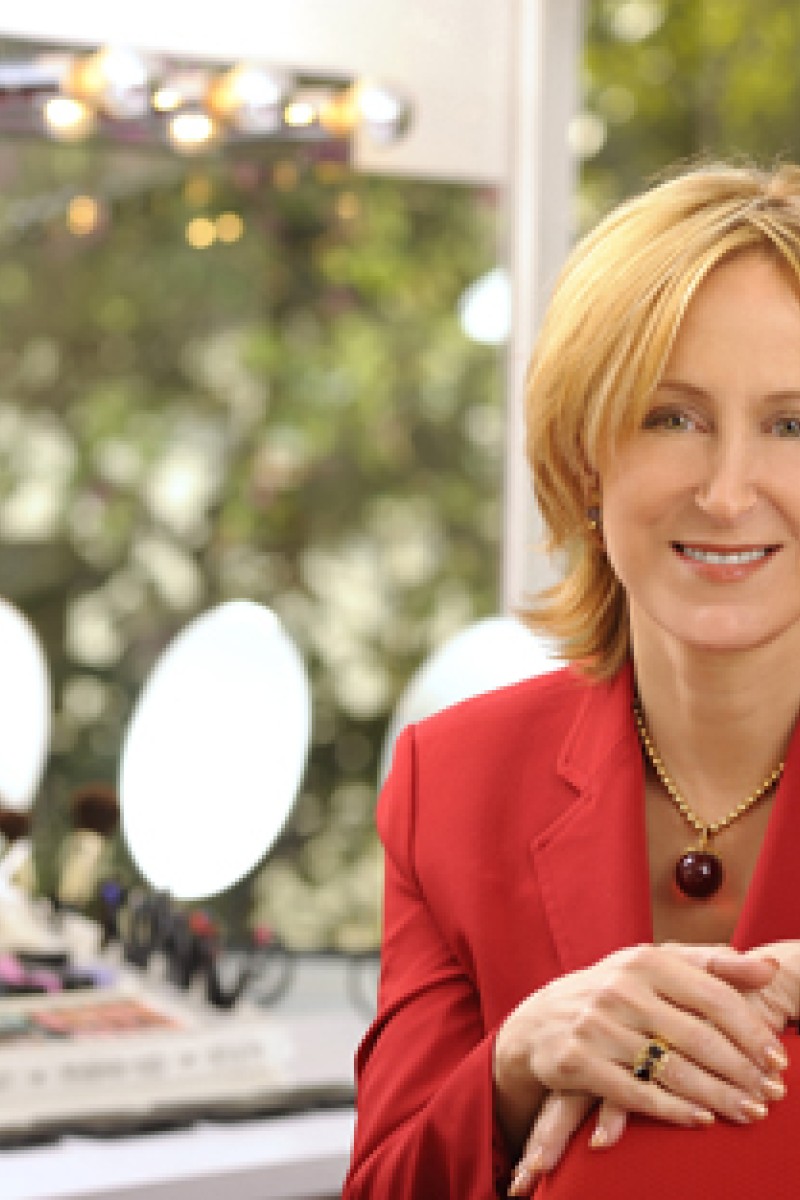 Style consultant Eve Roth Lindsay offers colour consultations in Central.
Style consultant Eve Roth Lindsay offers colour consultations in Central.Often, we wear colours to reflect a style or mood. However, not all colours are suitable for everyone. Even your favourite may not work for you. This is where colour analysis comes in.
Colour analysis uses a person's physical traits to decide if they fall into the warm category or the cool category. Further analysis will put them into one of four categories - summer, winter, autumn or spring.
"It is based on the science of colours and uses the Munsell system. We test people to see which group [of colours] they fall into, based on their hair, eyes and skin tones," says Eve Roth Lindsay, managing director of Savvy Style, Colour Me Beautiful in Central, and a Glamour Guru for Young Post.
Albert H. Munsell, an American artist in the 1900s, invented a numerical way to describe colours, based on HVC: hue, value and chroma. Hue is an attribute by which we distinguish, for example, red from green. Value is the lightness or darkness, ranging from pure black to pure white.
Chroma is saturation or how strong or weak a colour is. Munsell's system has been adopted by painters, fashion designers, makeup artists and other design professions.
Lindsay is one such follower. She helps clients find their perfect colours which they can use for make-up, clothing and accessories. "Winter colours are cool and crisp, spring is full of bright new leaves and flowers, summer reminds us of the blue sky, and autumn makes us think of leaves changing colours.
"Each season can guide you to work with your natural colouring."
Knowing your colour range makes it a snap to put together a sassy wardrobe that will complement you.
Lindsay used to live in New York, where she graduated from Parsons the New School for Design. She worked as a fashion designer and travelled the world for more than 13 years before settling in Hong Kong. She says finding our suitable colours can give us an advantage.
"Once you know which colours you look best in, you can base your wardrobe on the most flattering colours. This makes dressing easier."
Also, wearing the wrong colours may make you look tired, she adds.
In some situations, wearing your best colour may work against you.
"Wearing black when you are at an interview to teach preschool children is too formal, and wearing a very bright colour for an interview with a bank might send the wrong message," she says.
And what if our favourite colours do not flatter us? Luckily, the guru has a way around that problem.
"If you like a colour that doesn't look good on you, then get a handbag or shoes in that colour. That way the colour isn't too near your face.
"It's all about sending the right message. You want to look better, brighter and healthier," she says.
